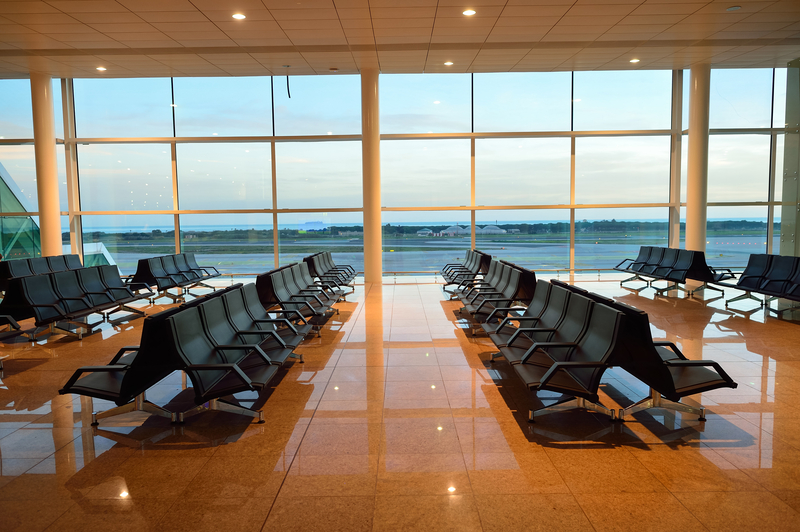
The Josep Tarradellas Barcelona-El Prat Airport is set for a comprehensive modernization and expansion that will significantly strengthen its role as an international hub in Spain and Catalonia. With an impressive investment of 3.2 billion Euros by Aena, the infrastructure’s capacity will be substantially increased to meet the growing demands of global travel.
Massive Investments for a New Era of Air Travel
The planned measures include the extension of a runway by approximately 500 meters, the improvement of Terminals T1 and T2, and the construction of a new satellite terminal specifically designed for long-haul flights. Government sources anticipate that, upon completion of these extensive works, the airport will be capable of handling 70 million passengers annually. This marks a crucial step in the airport’s development into one of Europe’s most important air traffic hubs.
Tourism in Transition: Focus on Quality Over Quantity
According to government sources, the expansion of passenger capacity has a clear objective: the transformation of tourism in Catalonia towards a “higher quality” offering. This strategic realignment aims to establish the region as a destination for more discerning travelers.
The necessity of the expansion is underlined by current figures: Barcelona-El Prat Airport recorded all-time highs in passenger numbers every month of 2024, with the exception of June. A total of 55,034,955 people passed through the facilities in the Catalan capital – an increase of 10.3% compared to the previous year and even 4.4% more than in 2019, the year before the pandemic. This has already exceeded the previous “theoretical” capacity limit of 55 million passengers. However, Aena emphasizes that even before the expansion is complete, there is still room for growth, particularly by utilizing available “off-peak times” and considering seasonality. In 2025 so far, the upward trend continues: a “historic” April was recorded with 4,903,849 passengers, 6.6% more than in the same month of 2024.
Efficiency Boost and Environmental Aspects: 90 Take-offs and Landings per Hour
The capacity improvement also allows for the restoration of the already approved 90 operations per hour during peak times, compared to the current maximum of 80 operations. Currently, the unpaved runway (3,352 meters) is primarily used for landings, while the runway on the sea (which will be extended to 3,610 meters) is used for take-offs, which currently limits the achievement of the set maximum. The extension of the third runway will enable a higher number of operations. Government sources describe the increase to 90 operations as a “primary goal” and emphasize that the airport was originally designed for this capacity. All these measures are, according to official statements, compatible with the medium-term reduction of emissions. The cross-runway (2,528 meters) is mainly used at night or under certain weather conditions.



